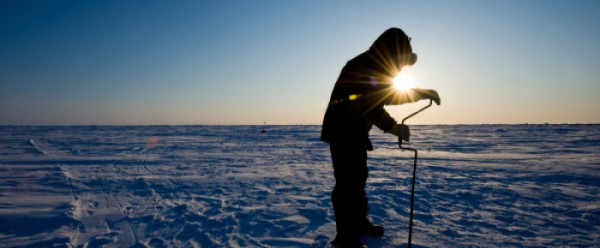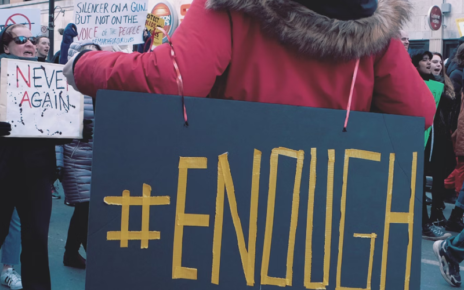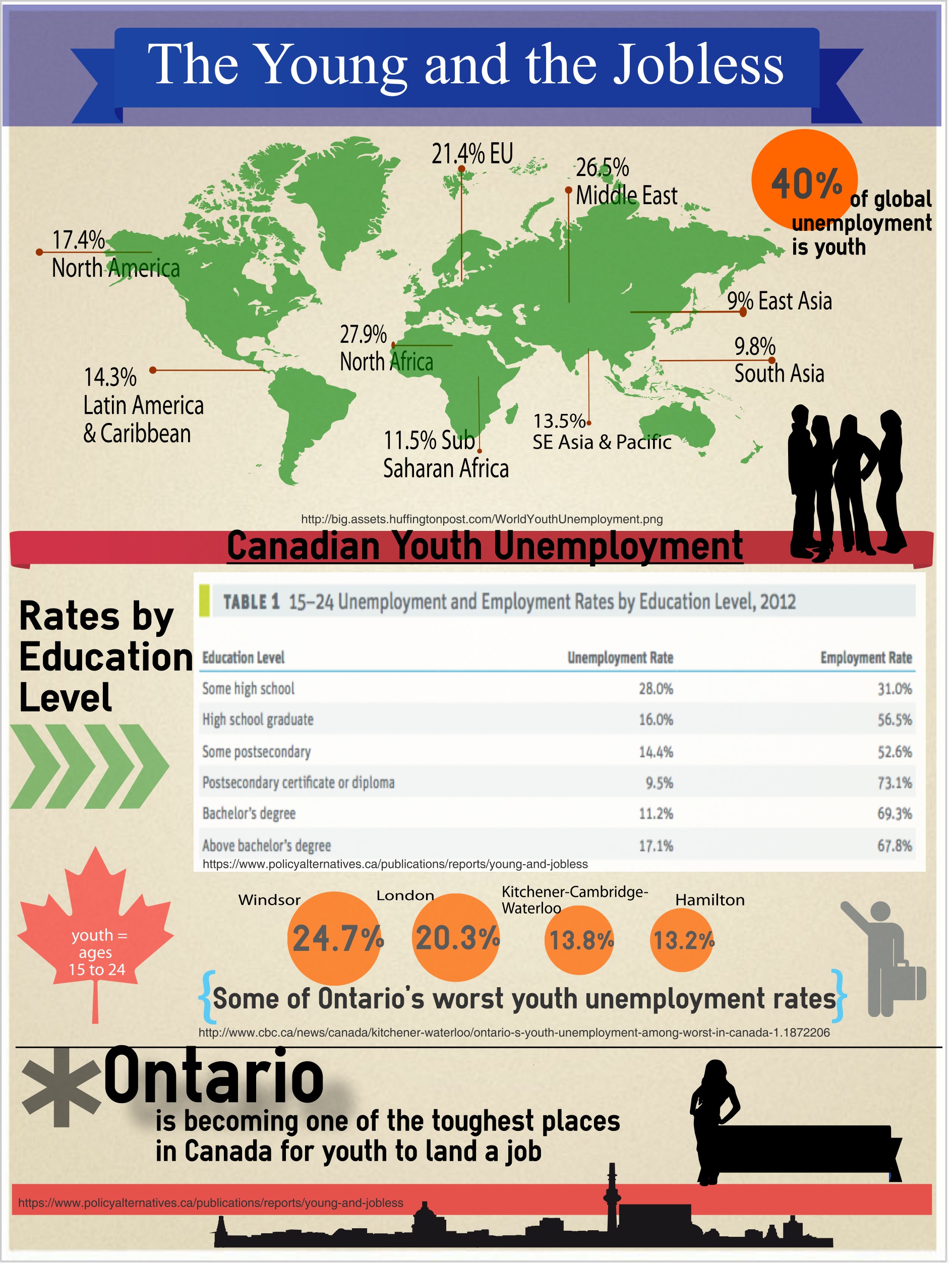Global warming has been a catalyst for change in the Arctic. The melting ice has created a wealth of opportunities, which has increased the area’s value in the circumpolar region. As such, the Arctic Council, the region’s highest level forum, was established in 1996 to ensure cooperation amongst the artic players. The council encompasses the eight Arctic states: Canada, Denmark, Finland, Iceland, Norway, Sweden, Russia, and the United States, along with the six permanent participants: the Inuit Circumpolar Council, Aleut International Association, Arctic Athabaskan Council, Gwich’in Council International, Saami Council and Russian Association of Indigenous Peoples of the North, who although they do not have a vote, provide advice to ministers of foreign affairs. What is considered the hallmark of the Council is its indigenous representation. Today, however, we can question whether or not the Arctic Council still fosters effective cooperation between indigenous groups and Arctic states.
In her article, “In Search of an Identity Canada Looks North,” Jessica Shadian argues that Inuit political institutions, such as the Inuit Circumpolar Conference (ICC) and the ICC-Canada, have forged a new Arctic identity within the post-cold war environment, and that the Inuit have been at the center of promoting both sustainable development and indigenous representation in Arctic governance. The ICC’s work with international institutions has allowed the organization to become a major player in diplomacy and policy making, thus bringing awareness to the imperatives facing the region, and, and specifically in Canada, encouraging the nation to adopt an Arctic foreign policy. She asks: “how does a once marginalized indigenous group not only grow to signify Canada’s emerging ‘northern identity but also develop into a figure of authority in Arctic politics?”
This authority, however, appears to be quite limited, as Indigenous groups have been largely delegated to the sidelines within arctic governance. In theory, the Arctic Council is seen as an institutional forum, which fosters cooperation between the arctic nations and indigenous groups. Mary Simon, former President of Canada’s National Inuit organization, Inuit Tapiriit Kanatami, and the lead negotiator for the creation of the Arctic Council, declared that, “the inclusion of these indigenous organizations reflects the acknowledgment by arctic governments that policy-making on arctic affairs must involve the people who live there, particularly the aboriginal peoples.” However, indigenous groups still fight for a voice within circumpolar affairs.
Take for example the Ilulissat Declaration. The Ilulissat Declaration was an agreement signed by Canada, Denmark, Norway, Russia and the United States, which asserted that there is no need to build a new international legal regime to govern the Arctic Ocean, and that they would continue to use the current international legal framework. What was notably lacking in that major discussion was the representation of indigenous permanent participants. This lack of representation was challenged by The Circumpolar Inuit Declaration on Arctic Sovereignty. The declaration asserts that the “inclusion of Inuit as active partners in all future deliberations on Arctic sovereignty will benefit both the Inuit community and the international community.” It further stresses that “the conduct of international relations in the Arctic and the resolution of international disputes in the Arctic are not the sole preserve of Arctic states or other states; they are also within the purview of the Arctic’s indigenous peoples.”
Currently, the problem is a lack of full participation in the organization’s working groups and activities. Tony Penikett, Special Advisor to the Munk-Gordon Arctic Security Program, stated that Canada as Chair “should lead negotiations for a new funding mechanism to support the research, travel and other expenses that would enable Permanent Participants to fully engage in all the workings of the Arctic Council, including its working groups.” Unfortunately, a lack of funding limited the effectiveness of the Permanent Participants in Council proceedings. Right now, they are required to raise the funds domestically.
The theme of Canada’s chairmanship is “development for the people of the North,” and with that it seeks to “enhance the capacity of the Permanent Participant organizations, improve the Council’s coordination and maximize efficiencies.” As such, it is clear that more needs to be done to ensure that indigenous people have the proper resources and a voice in he decision-making processes that impact their daily lives. Overall, the Arctic Council has not fostered effective cooperation between the Arctic states and Indigenous groups. With Canada half way through its chairmanship it will be interesting to see if it will be successful in helping the people of the North have a “say” in the North.





